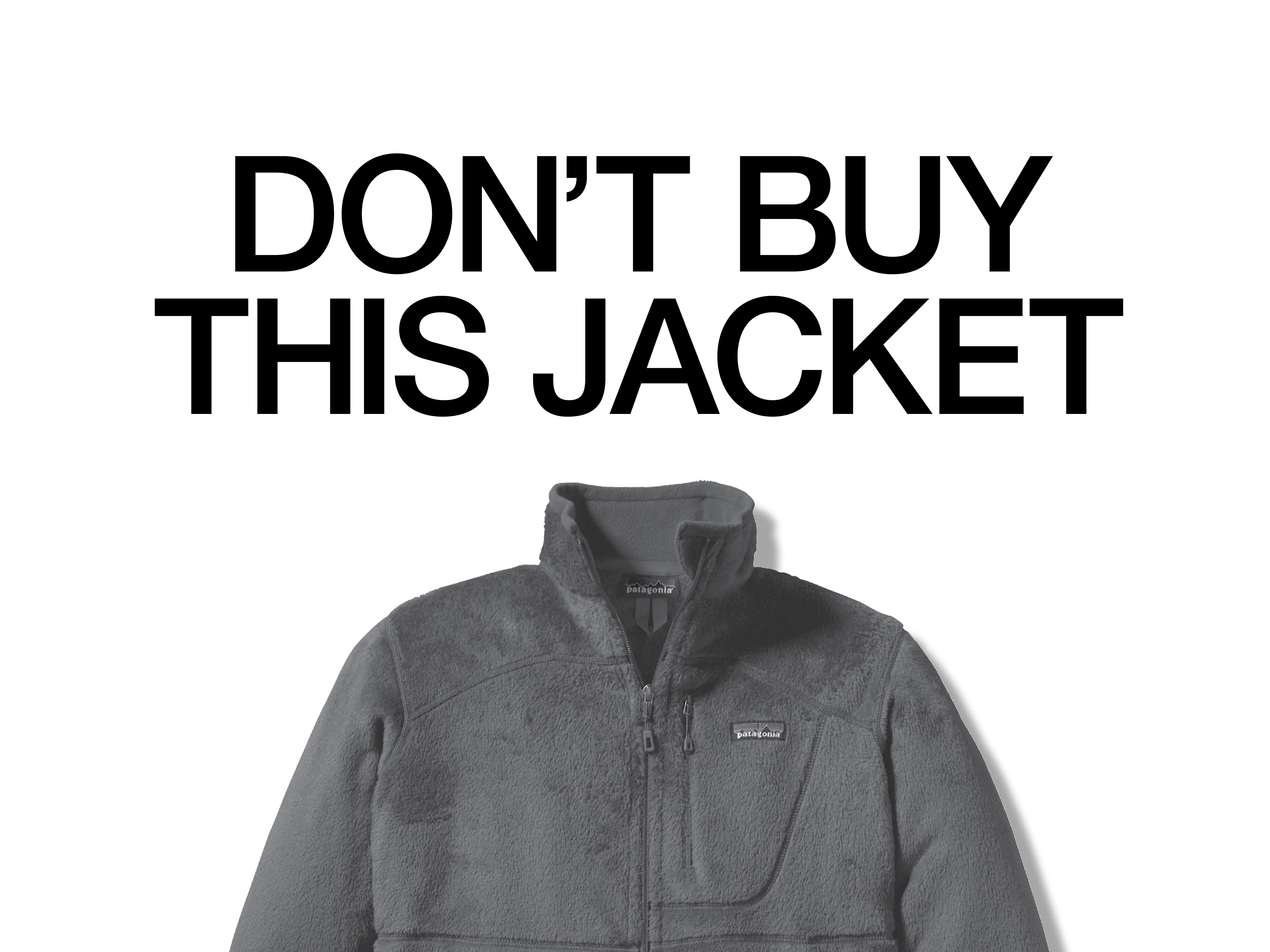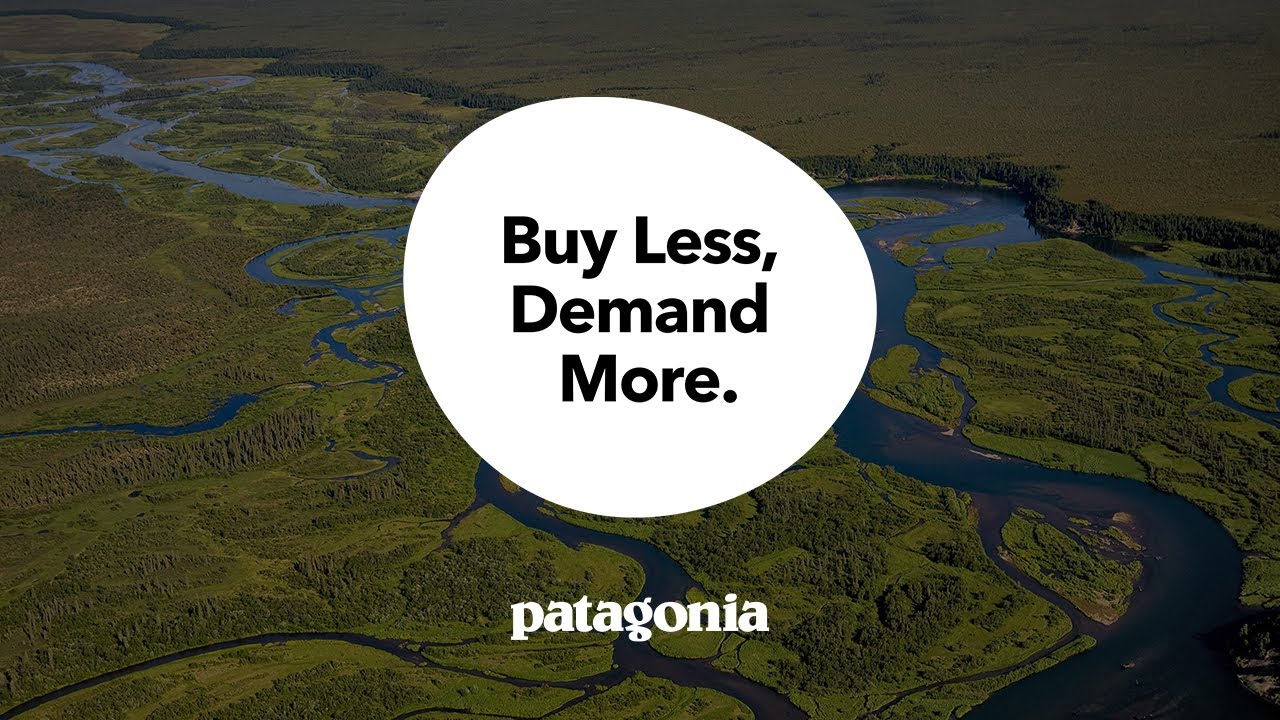We use too many natural resources. Our consumption habits put immense strain on our planet and its ecosystems1. It’s troubling to realise that I contribute to this problem, and I haven’t yet figured out how to completely avoid it.
Living entirely outside the consumer system is impractical for me2. I need clothes, I need shoes. However, I strive to shop in a way that minimises my impact based on several criteria. It’s challenging, but there’s always room for improvement. Here’s the list I aim to follow, hoping to refine it over time:
- Buy less, only what I truly need.
- Invest in quality items that last.
- Repair things when they break.
Two brands that stand out to me for their commitment to responsible consumerism are Patagonia and Veja3.
Patagonia
Patagonia is renowned for producing high-quality outdoor wear. From my experience, their products are worth the investment and seem to have a lower environmental impact compared to average clothing producers4. Their anti-consumerism stance, exemplified by the famous “Don’t Buy This Jacket” campaign, highlights their commitment to responsible shopping, even though sales increased afterwards5. Patagonia continues to encourage responsible consumer behaviour.

Despite my admiration for Patagonia, there are challenges. For instance, they don’t have a repair shop in Switzerland, making it difficult to fix items locally.
However, I very much like their ad campaigns urging people to be more responsible, such as the following video.
Veja
Veja is another brand committed to social and environmental responsibility. They produce everyday shoes with an emphasis on sustainability. Their prices are reasonable, aligning with other shoe brands, which makes responsible products more accessible6. They also offer stylish designs suitable for a business casual look, which fits perfectly with my daily attire7.
Postscript: Overshoot Day
Overshoot Day marks when humanity’s demand for ecological resources exceeds what Earth can regenerate in that year. It’s shocking how early this day arrives annually. A sustainable world would balance resource use with regeneration, but we are far from that goal. The disparity among countries is also striking, highlighting that wealthier nations bear a greater responsibility for reducing resource consumption8.

This underscores the need for wealthy Western countries to lead by example in reducing resource consumption and fostering a sustainable future.
According to the Global Footprint Network, by the first of August this year, we will have used more resources than the Earth can regenerate in a year. ↩︎
My dilemma extends beyond being part of the consumer network; I work in IT, an industry notorious for high-energy consumption, especially with the growing integration of Large Language Models. These AI applications use an enormous amount of energy. ↩︎
The concept of “responsible buying” is complex, but striving to be “more responsible” is a good start for me. ↩︎
According to Impactful Ninja, Patagonia is more sustainable than many other clothing brands. ↩︎
Patagonia’s sales reportedly increased after their “Don’t Buy This Jacket” campaign. ↩︎
Making responsible products affordable is crucial for widespread change. ↩︎
Veja has many white shoes, which I find impractical because they get dirty quickly. ↩︎
The Global Footprint Network provides data showing that wealthier countries have earlier overshoot days, indicating higher resource use. ↩︎
